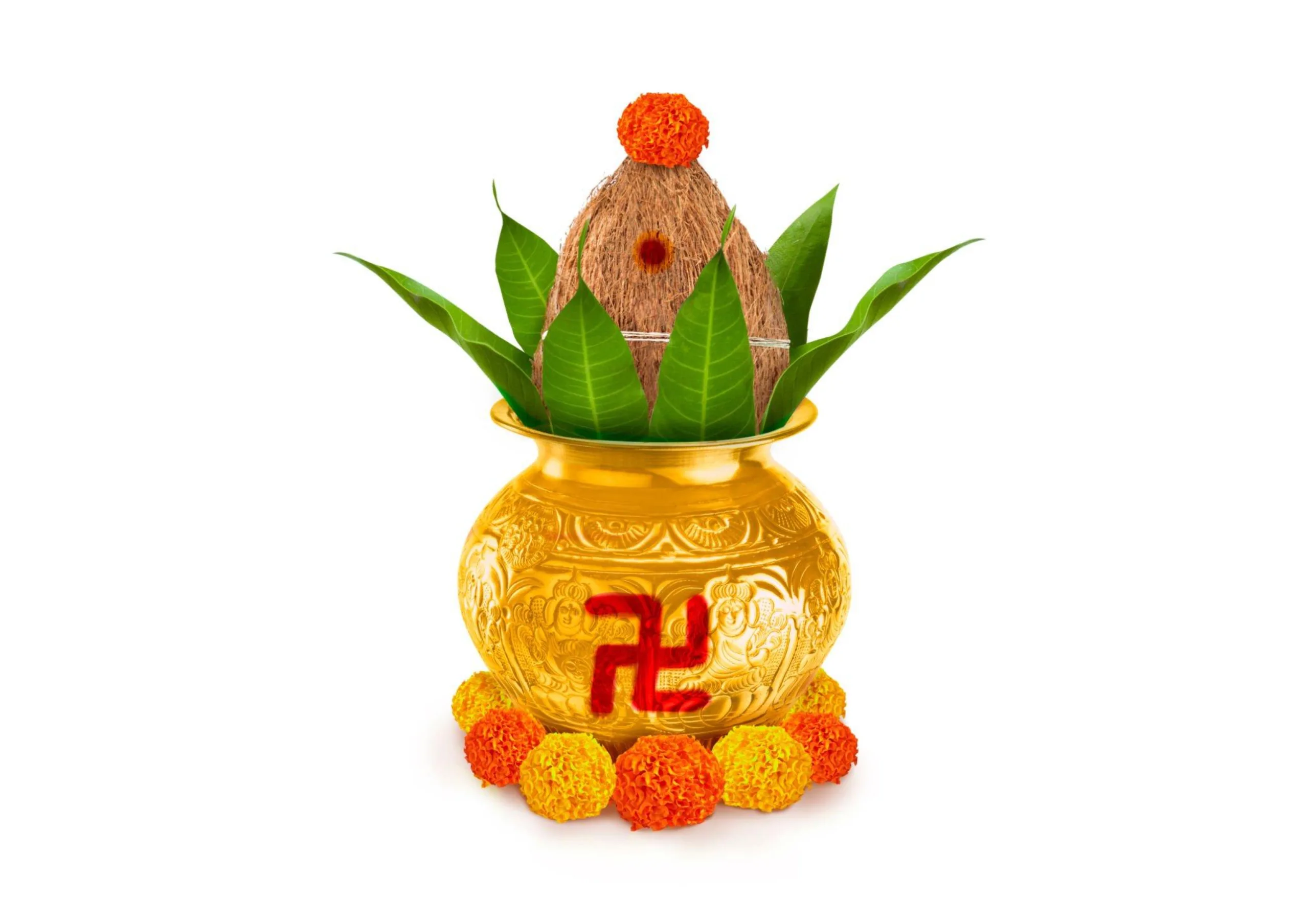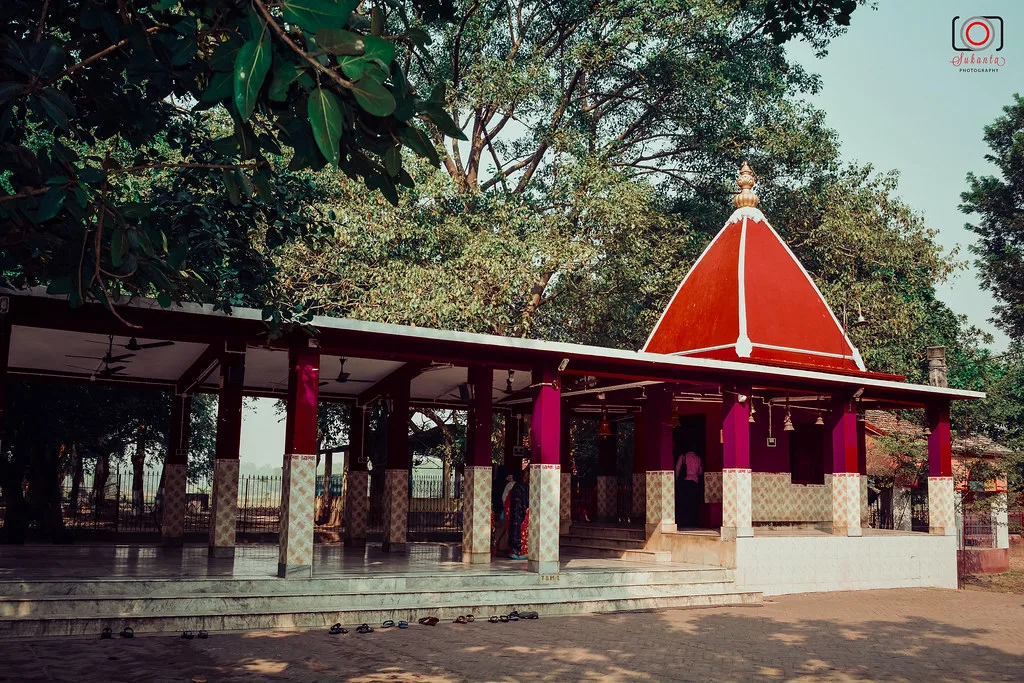What legend explains significance of sati’s yoni falling at kamakhya shakti peetha
The legend of Sati and Shiva explains the significance of Sati’s yoni falling at the Kamakhya Shakti Peetha in Assam.
According to the legend, Sati was the first wife of Shiva and the daughter of Daksha Prajapati. Daksha did not approve of Sati’s marriage to Shiva and insulted him at a yagna ceremony he organized.
This enraged Sati and in a fit of anger, she immolated herself in the yagna fire. When Shiva learned of Sati’s death, he was overcome with grief. In his rage, he began his tandava, the cosmic dance of destruction.
The other gods feared that Shiva’s tandava would destroy the world. So Vishnu intervened by cutting Sati’s body into 51 pieces with his Sudarshana chakra.
These 51 body parts of Sati fell to earth at various locations, which came to be known as the Shakti Peethas. Each Shakti Peetha is associated with a body part or ornament of Sati.
According to the legend, Sati’s yoni or vagina fell at the Kamakhya hills in Assam. This became the Kamakhya Shakti Peetha, one of the most important and sacred Shakti Peethas.
The Kamakhya temple, located at the Kamakhya Shakti Peetha, houses a natural stone cleft that is said to resemble a yoni and represents Sati’s yoni. The cleft is constantly wet due to a natural spring, and the water is considered sacred.
So in summary, the legend of Sati and Shiva explains that the Kamakhya Shakti Peetha gained its significance because it is the site where Sati’s yoni fell after her body was dismembered. The Kamakhya temple represents the worship of the divine yoni and feminine creative power.
What does the worship of the divine yoni represent?









[…] Kamakhya temple in Guwahati marks the spot where Sati’s yoni or womb fell. The temple itself houses no physical idol, but instead focuses worship on a natural […]